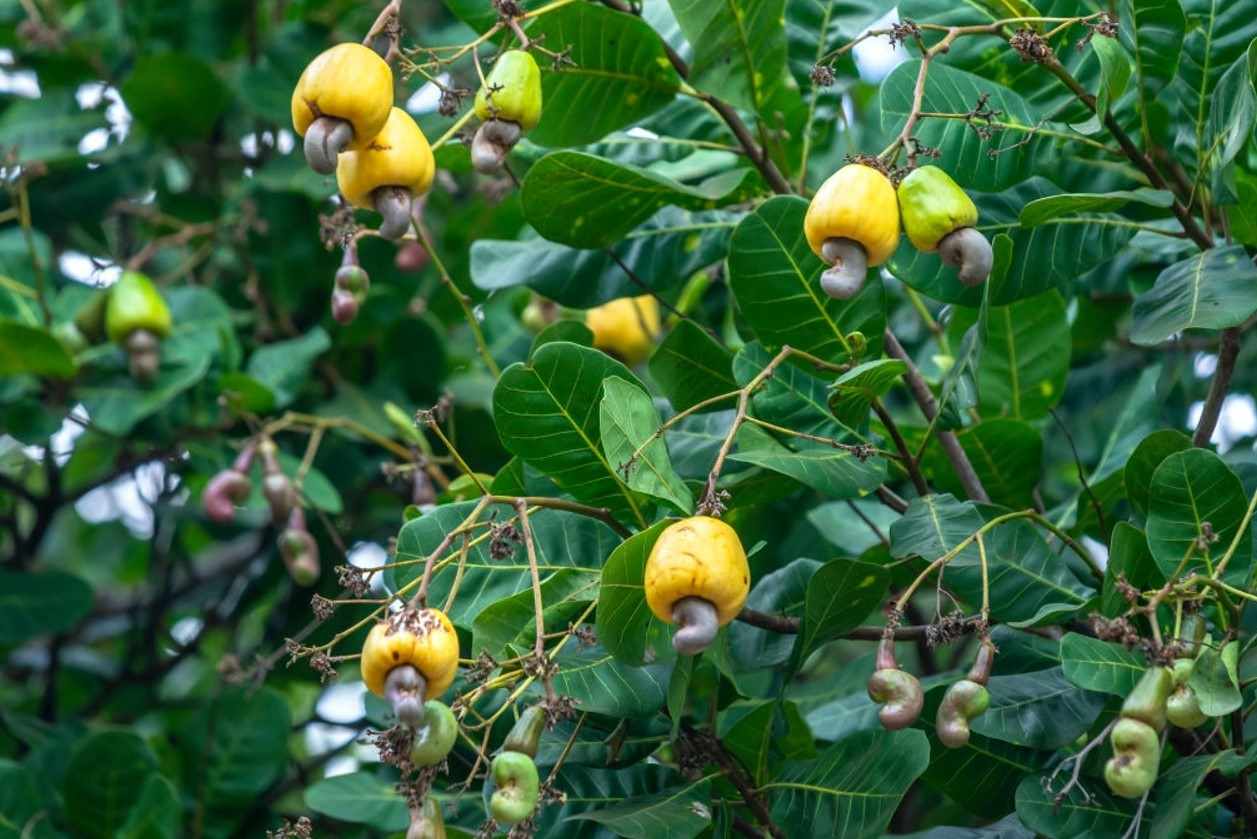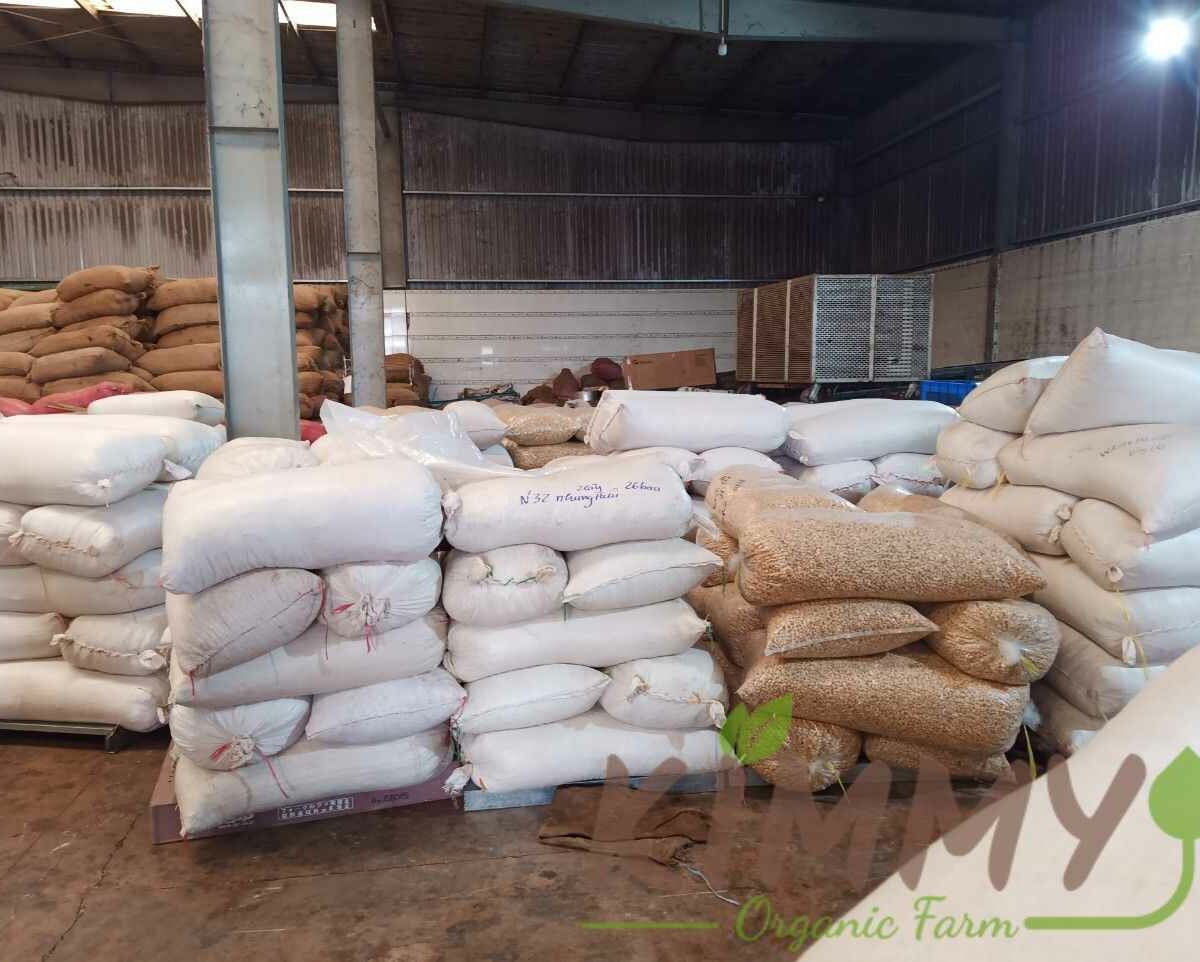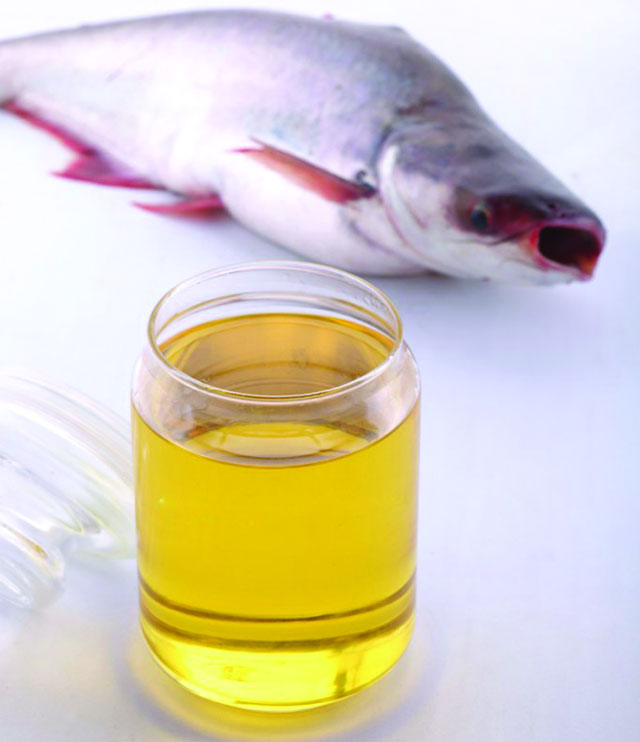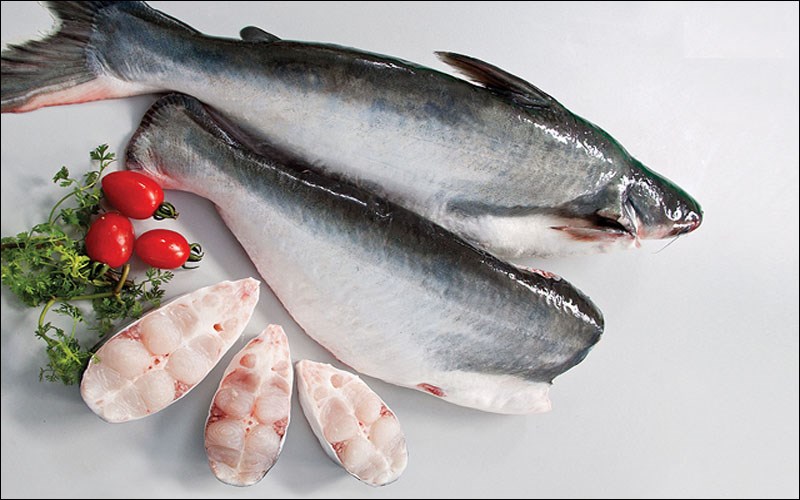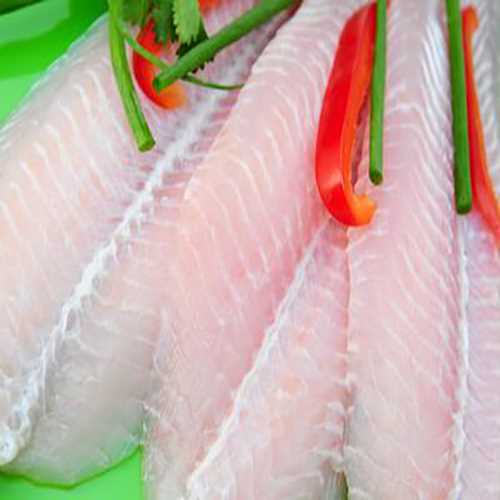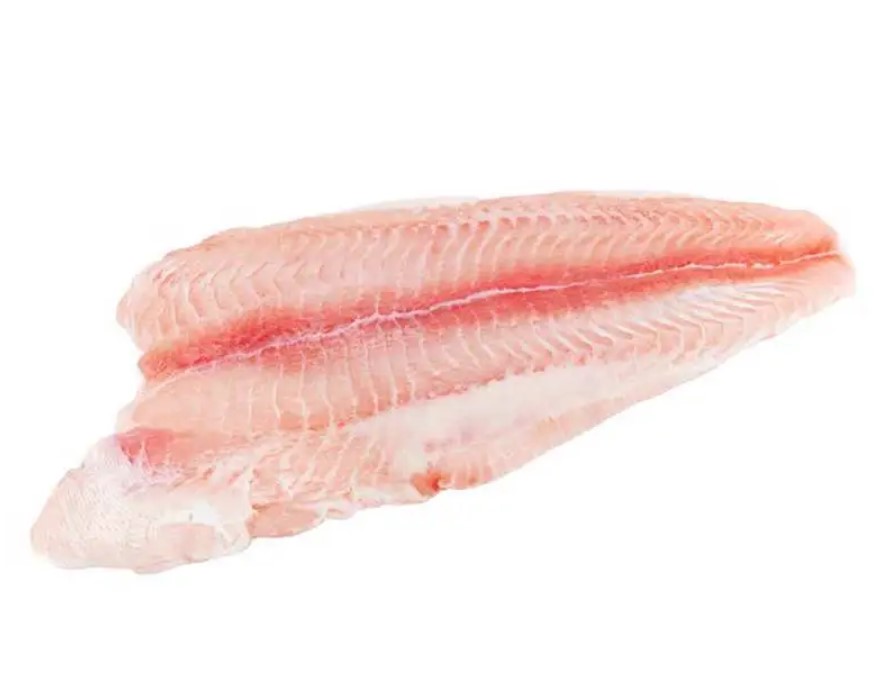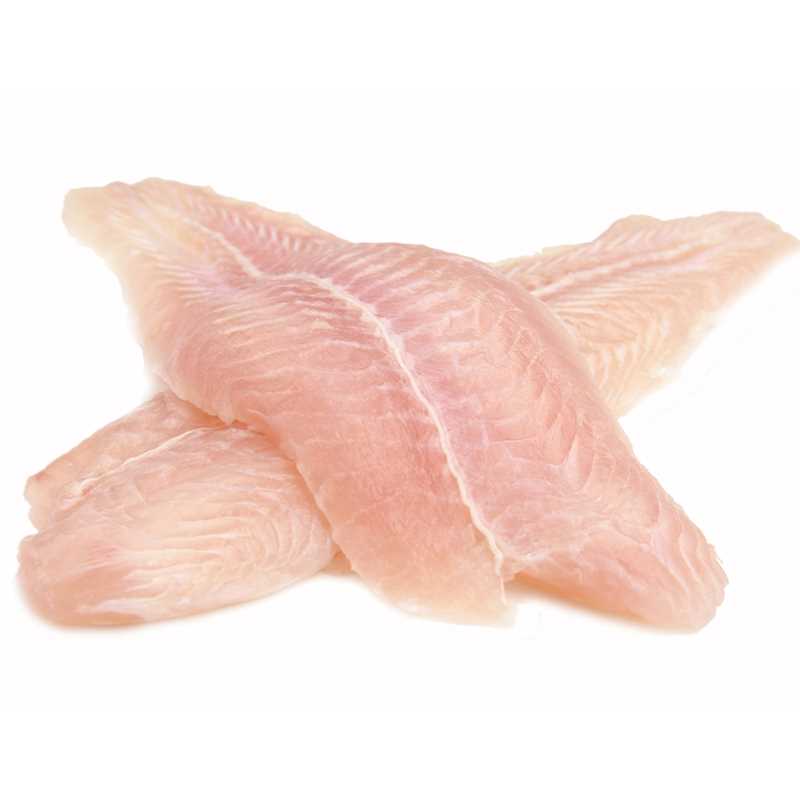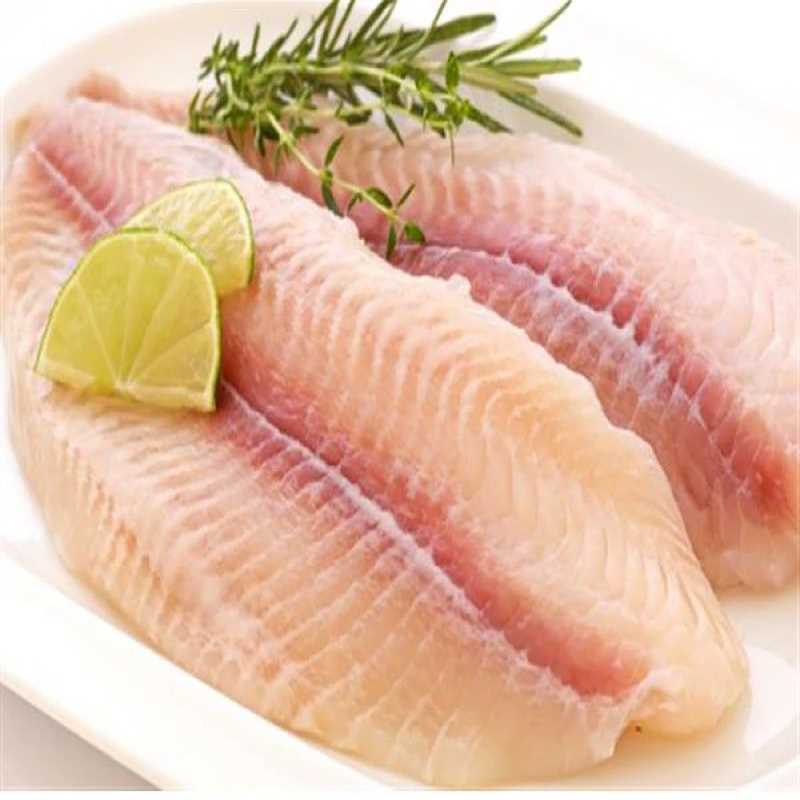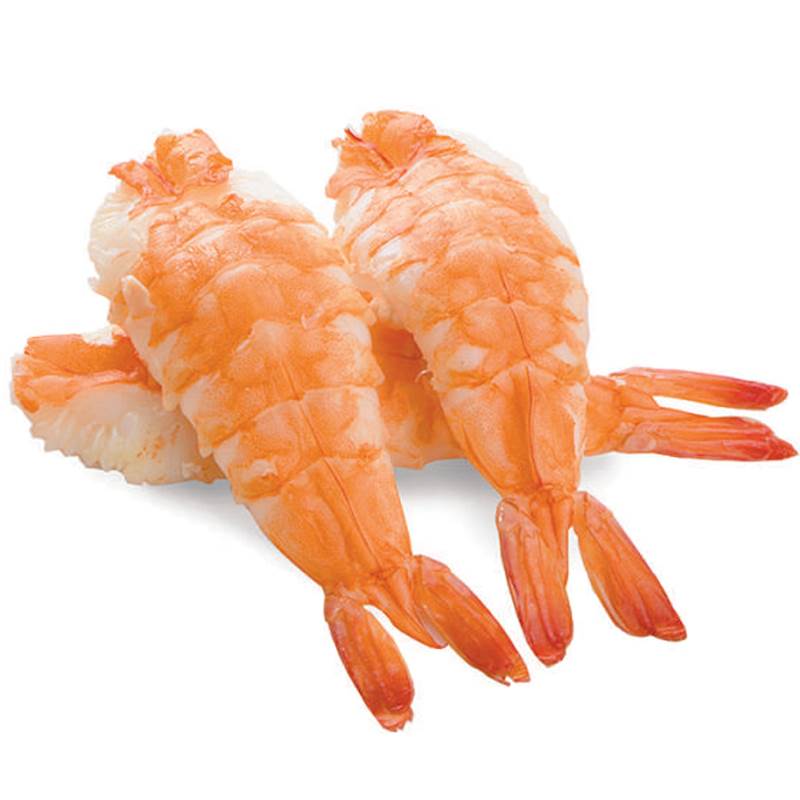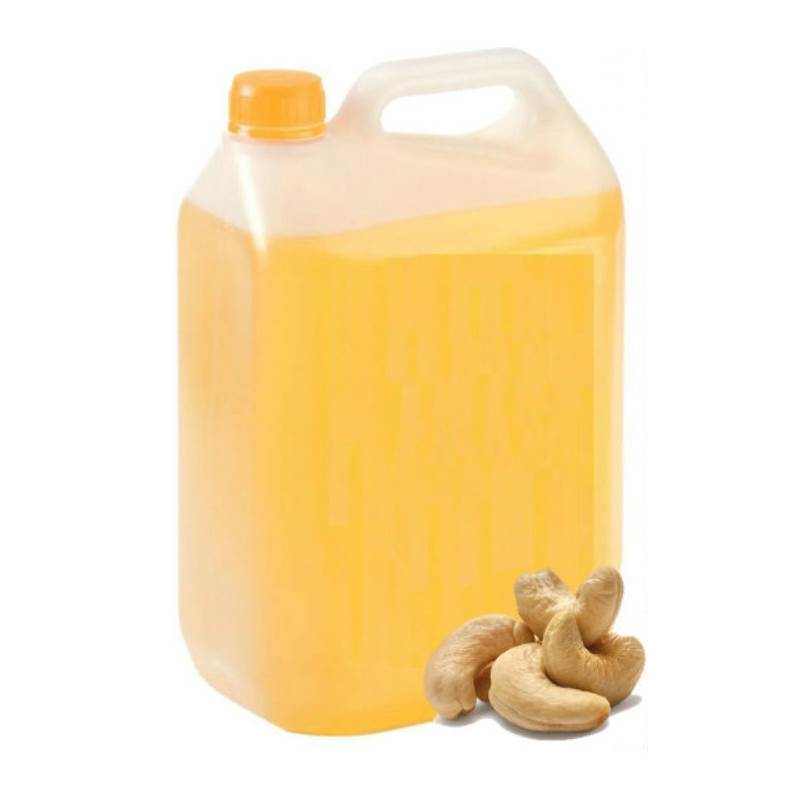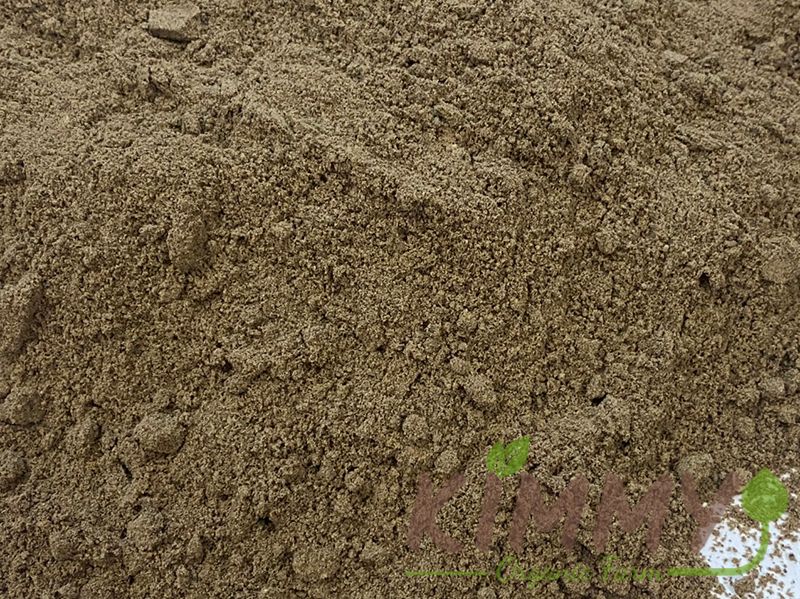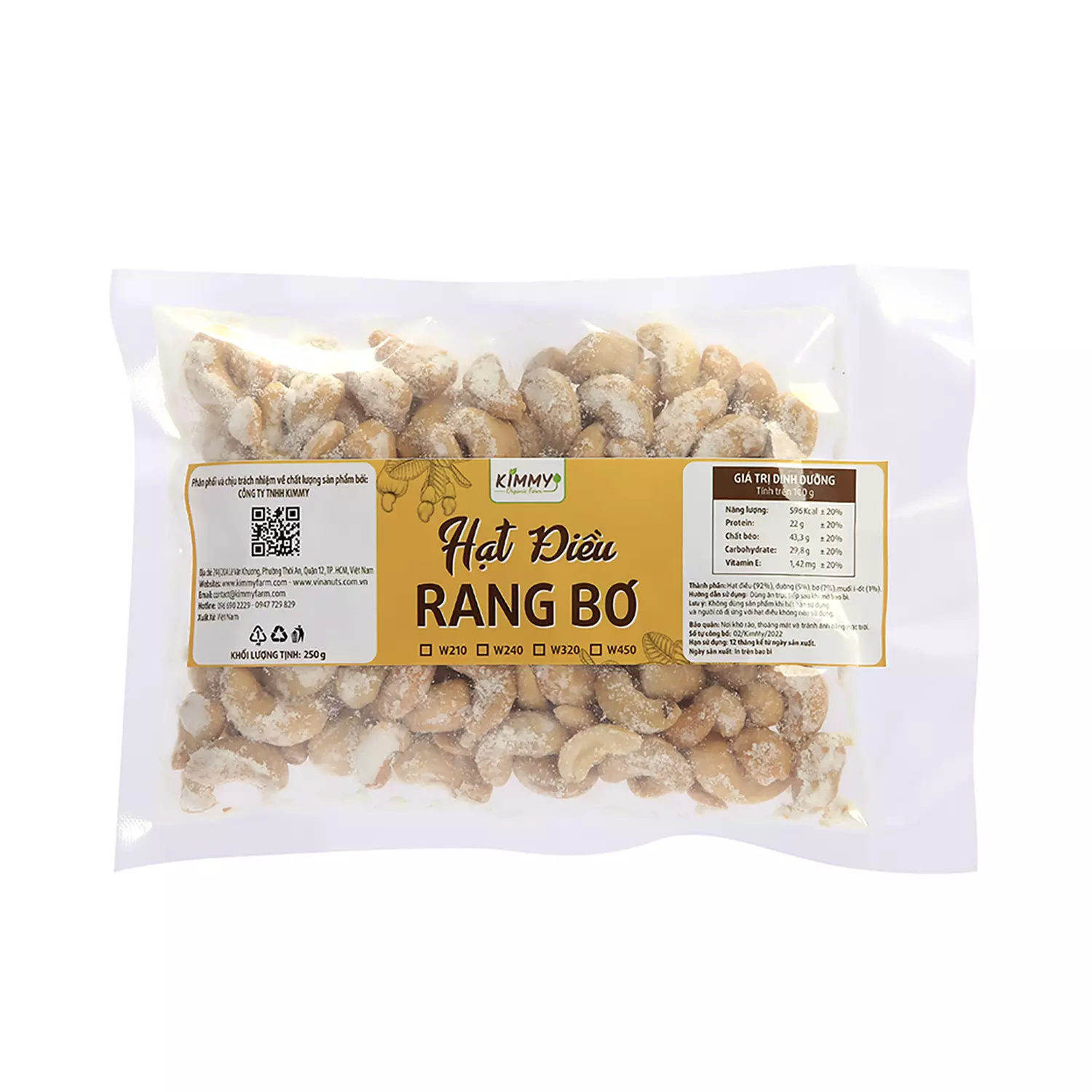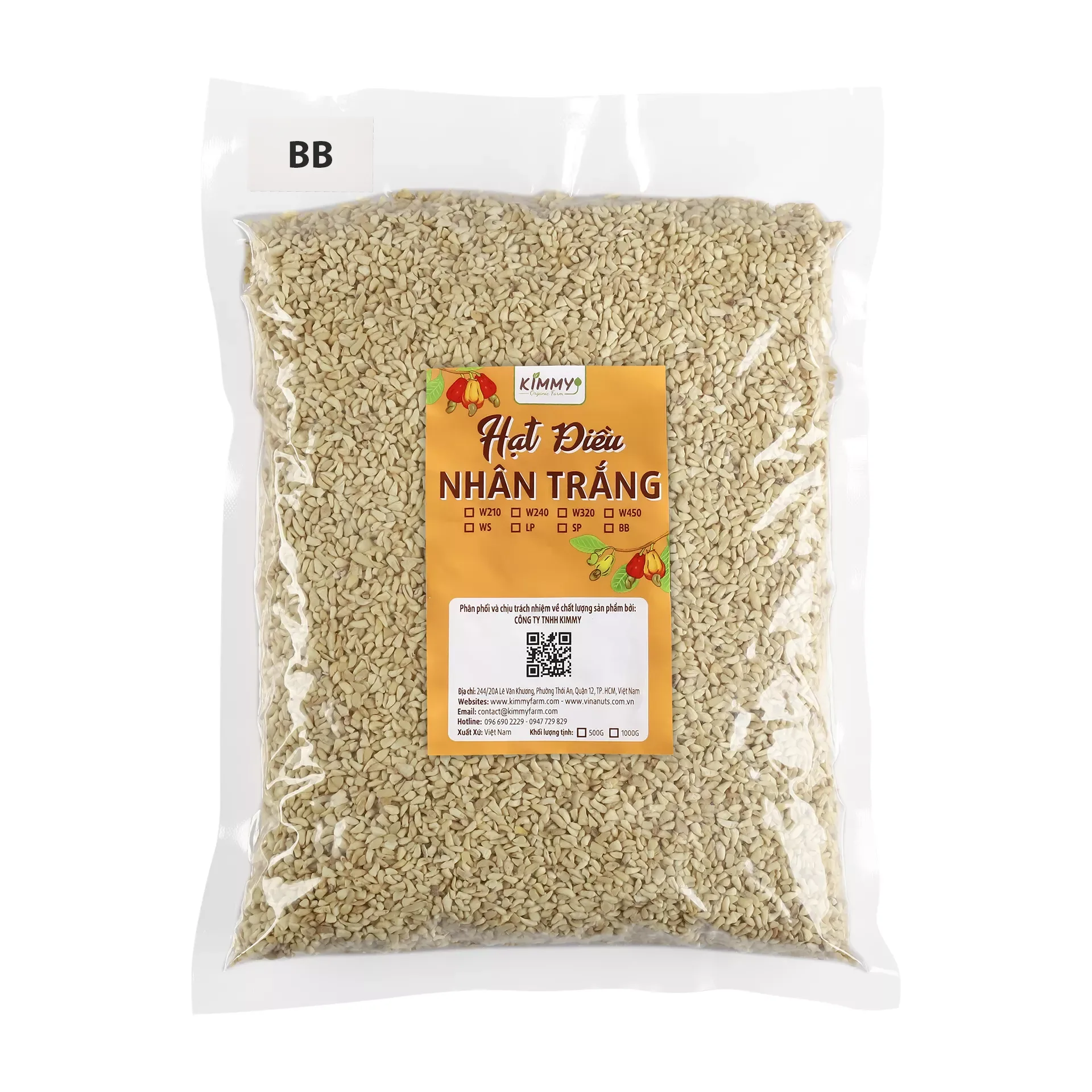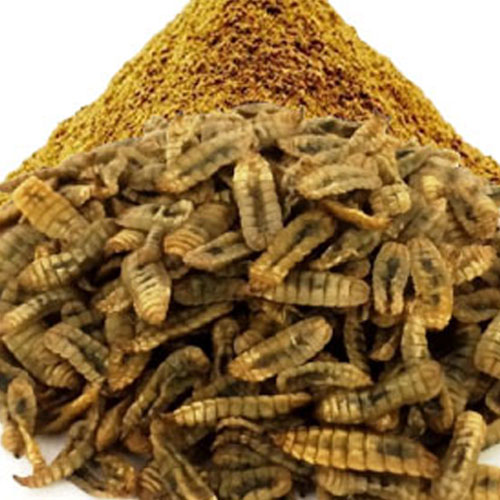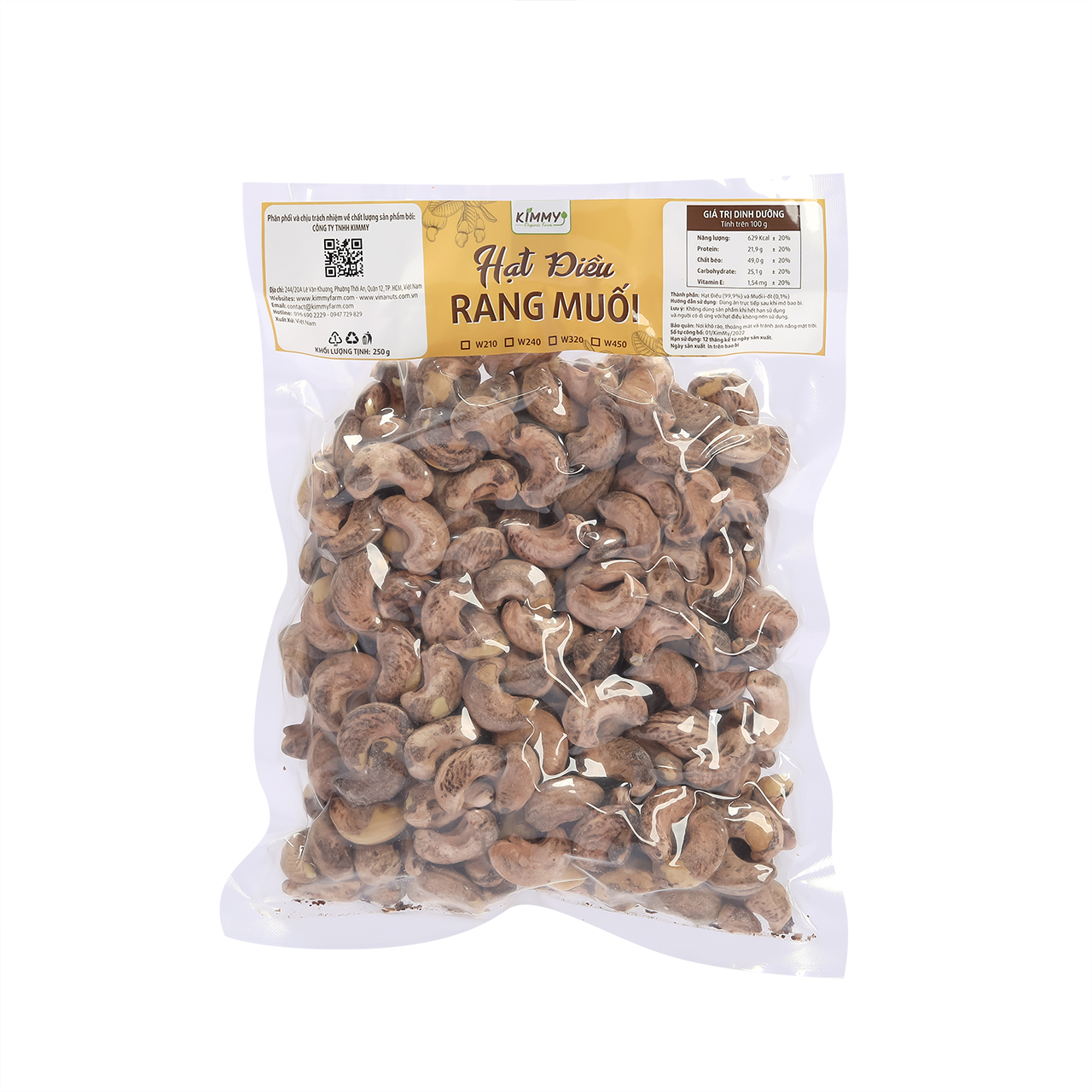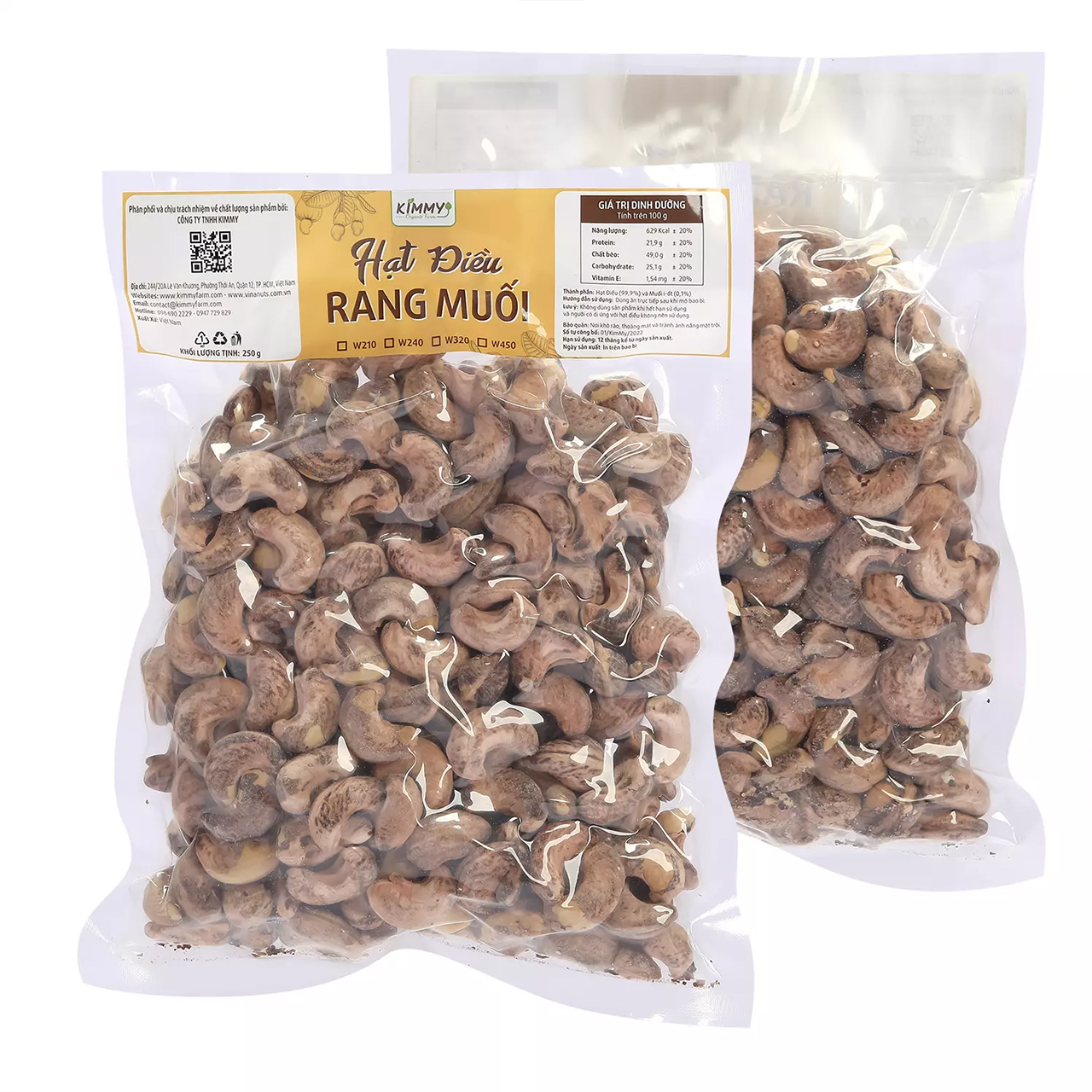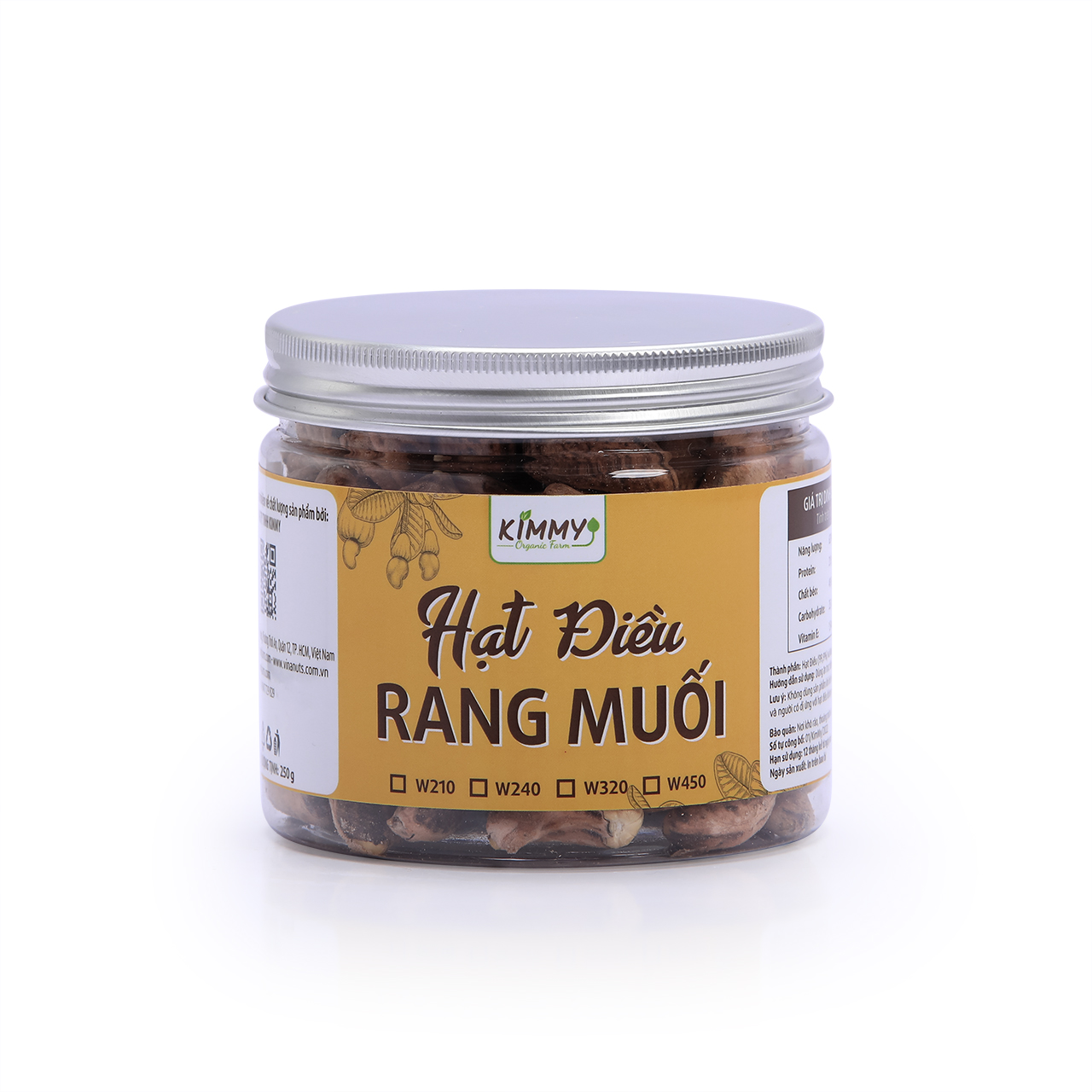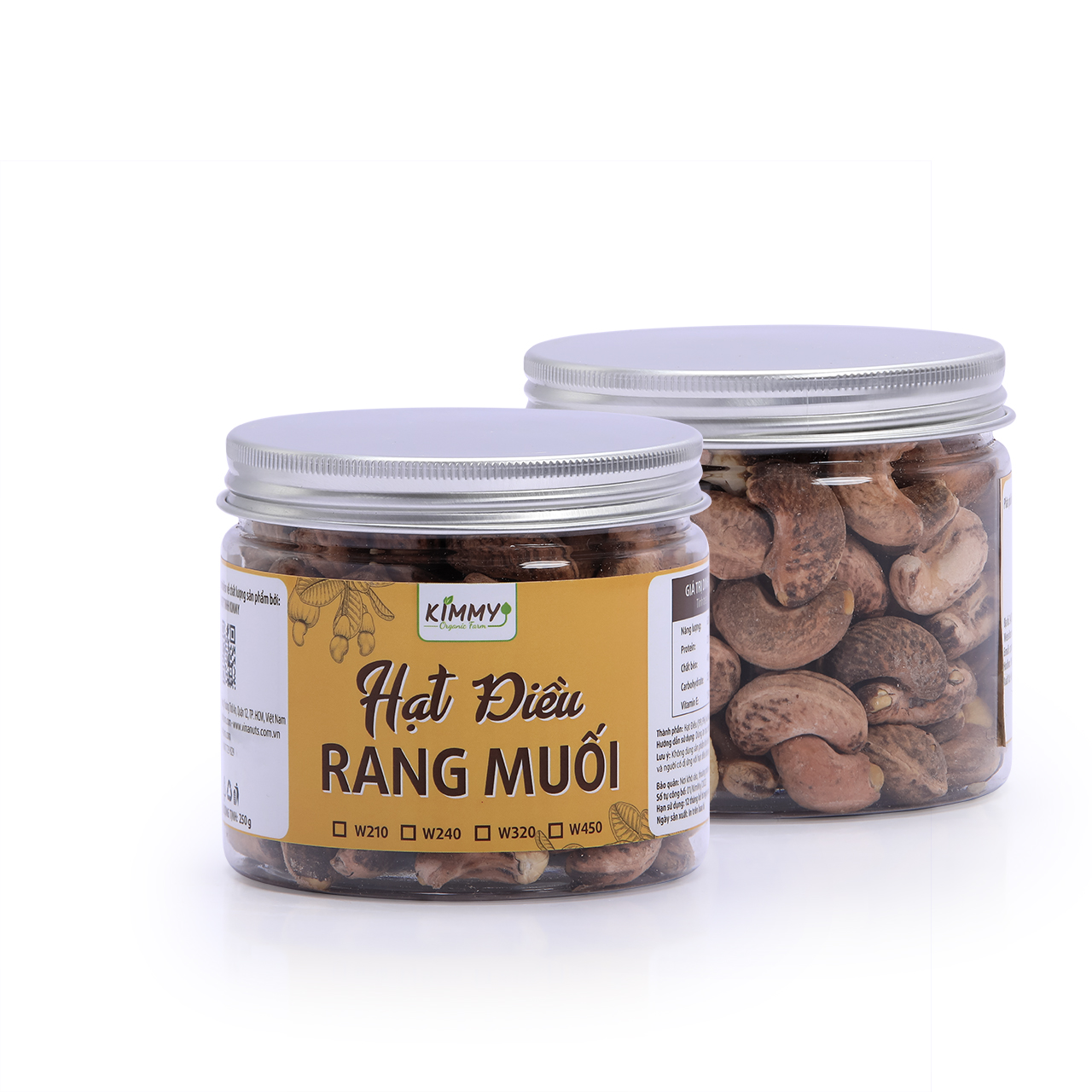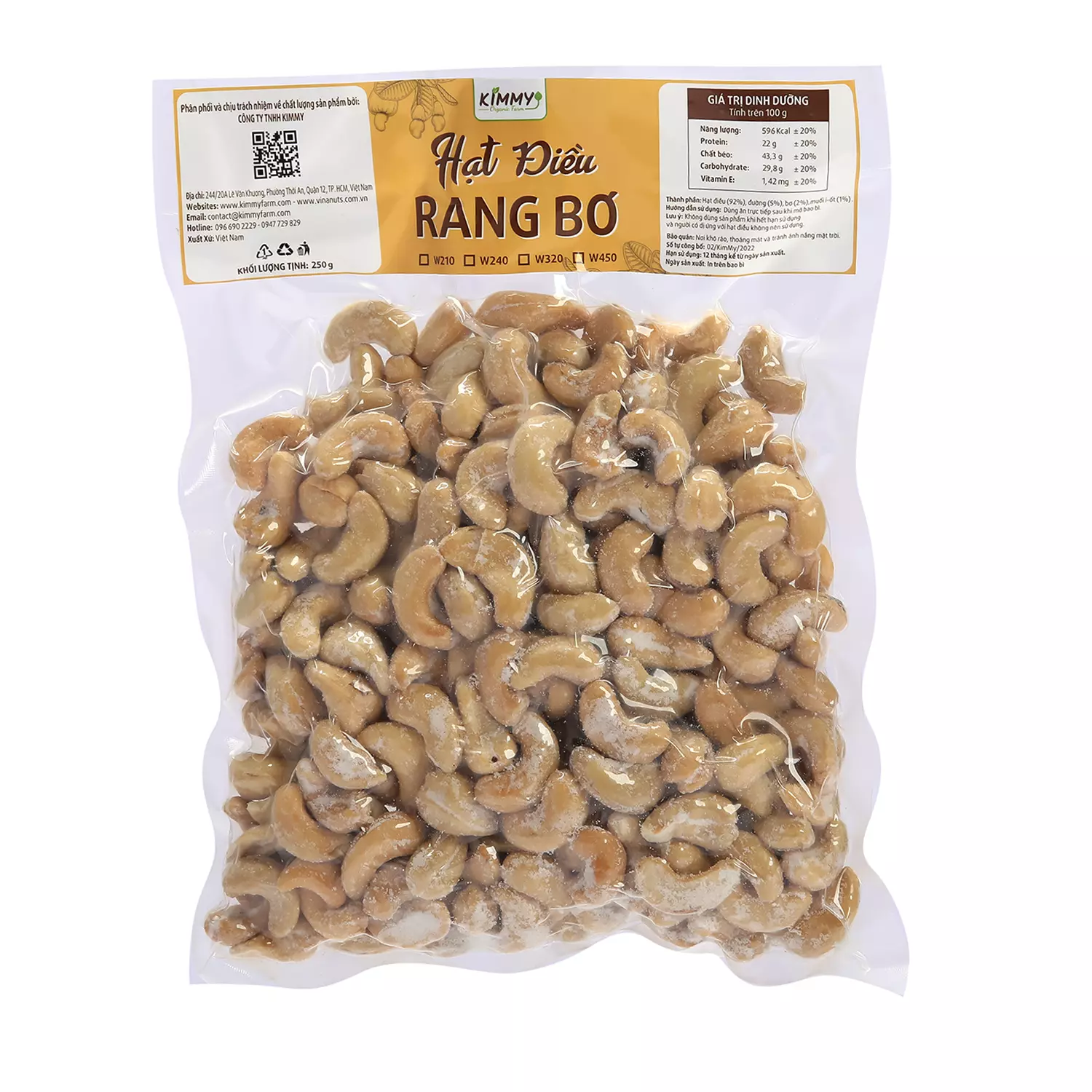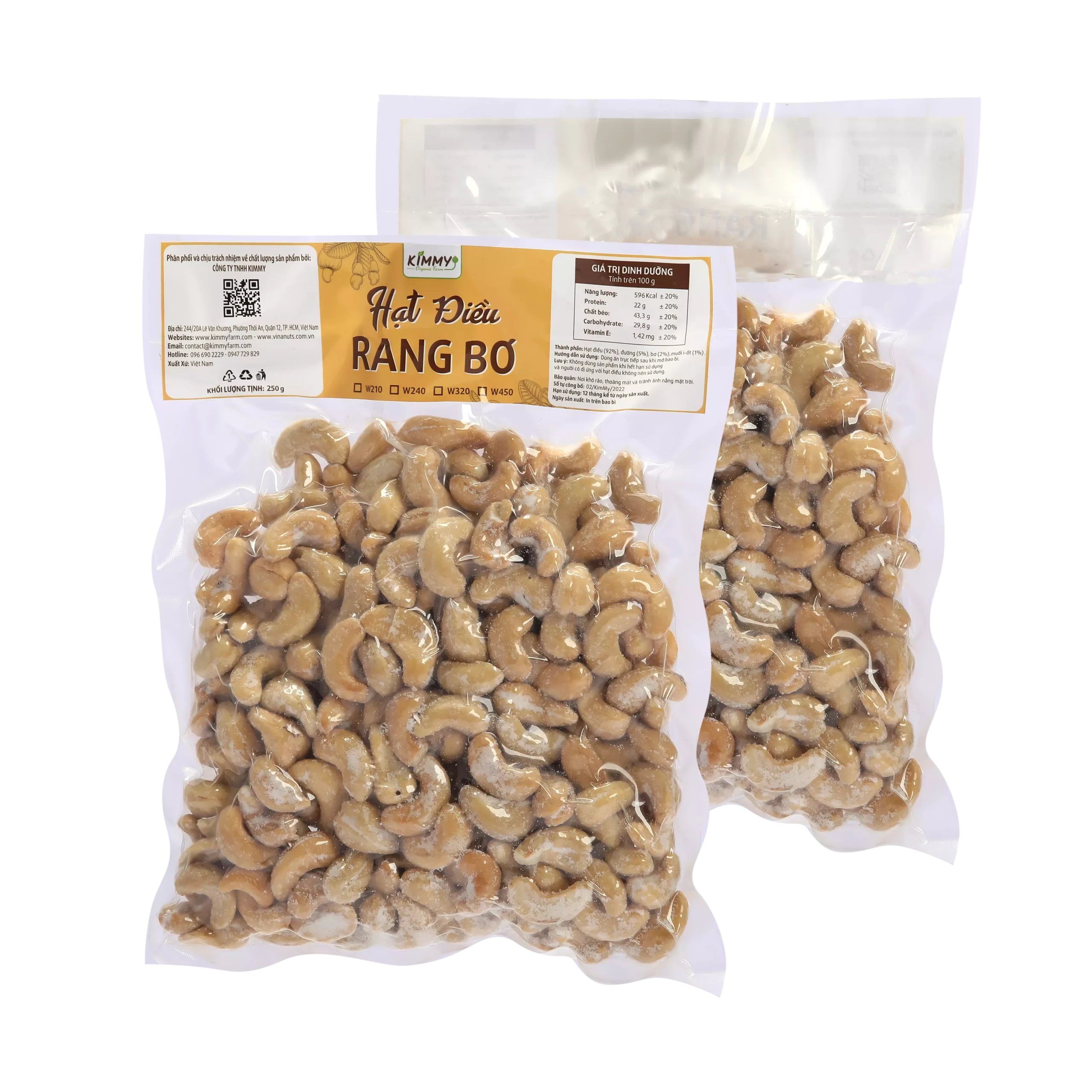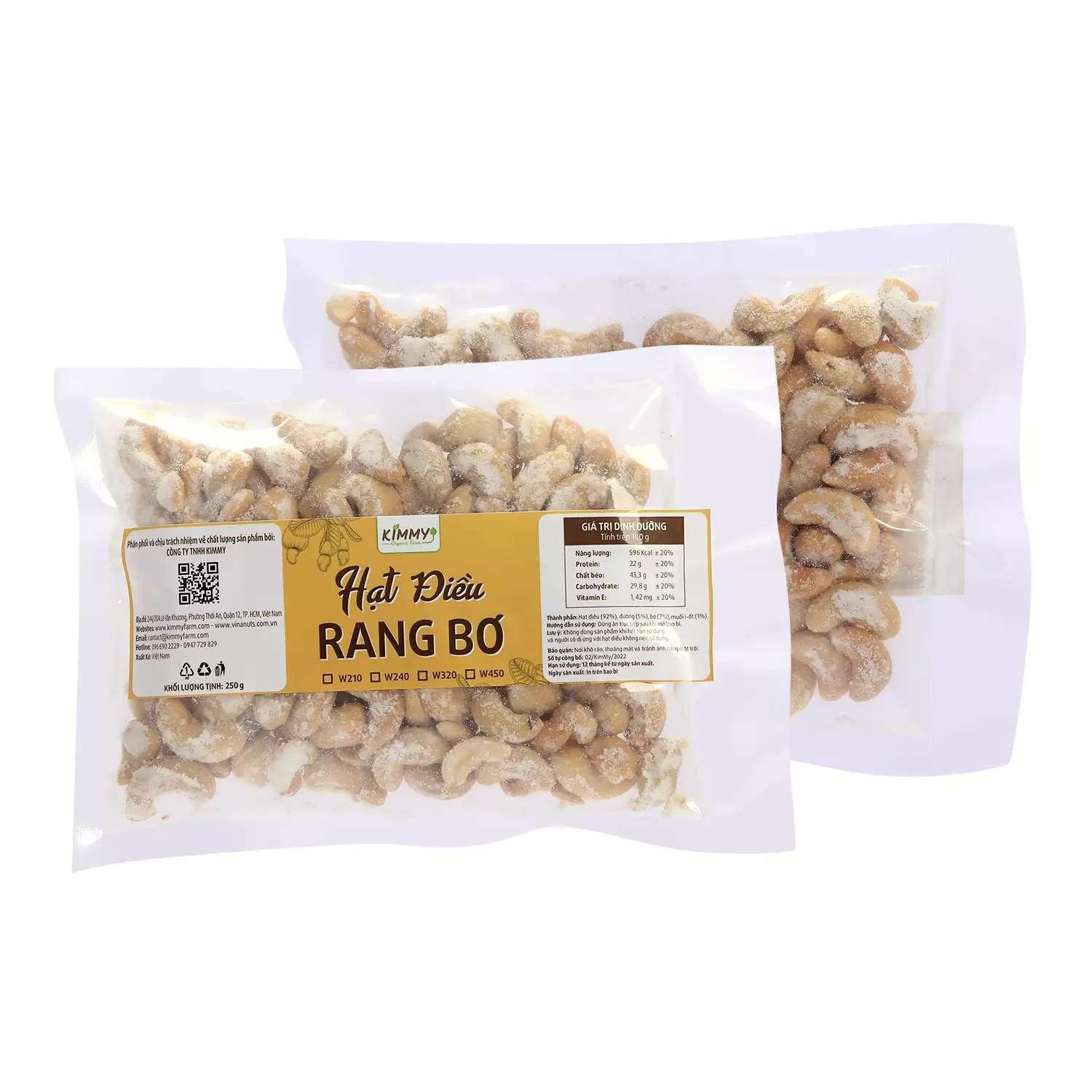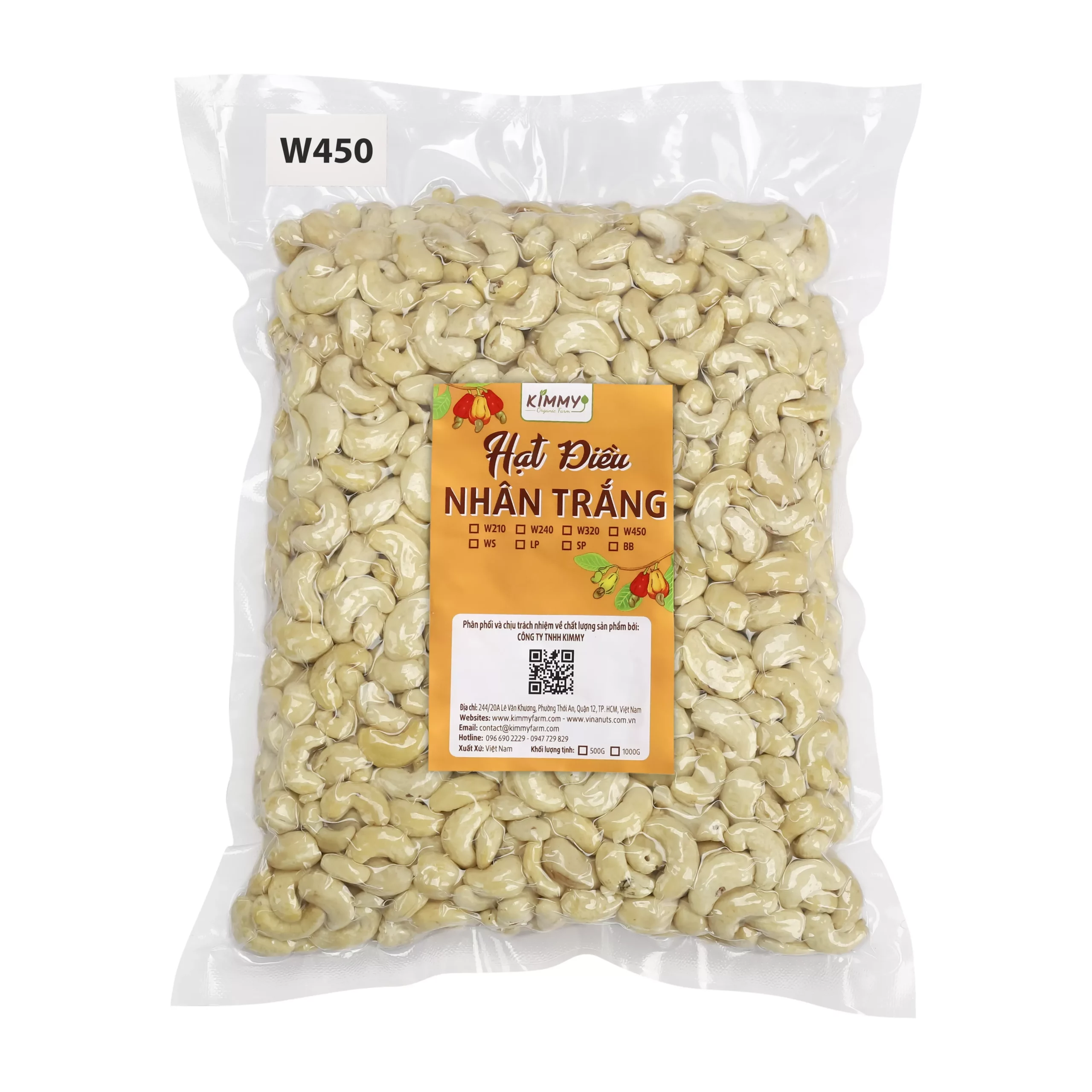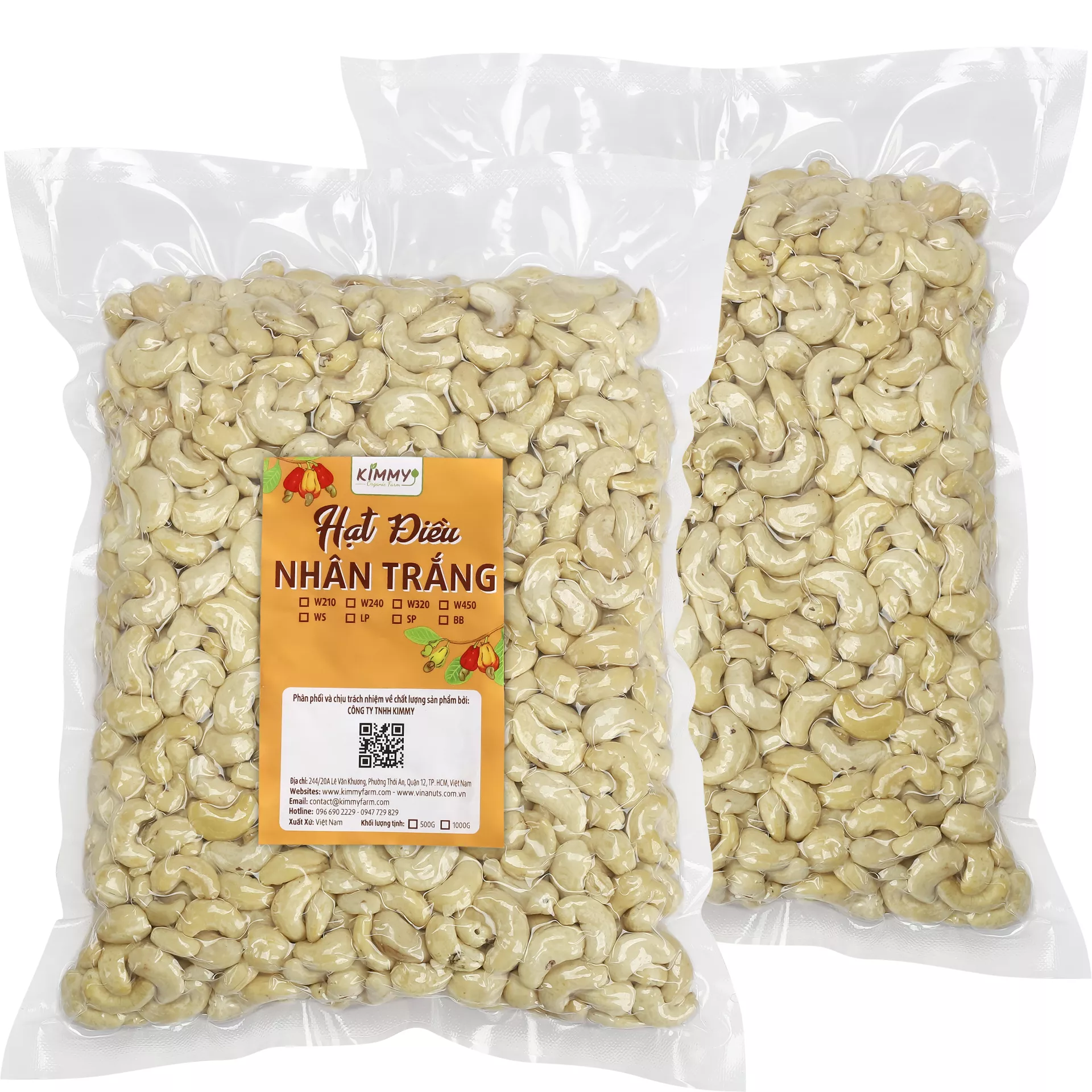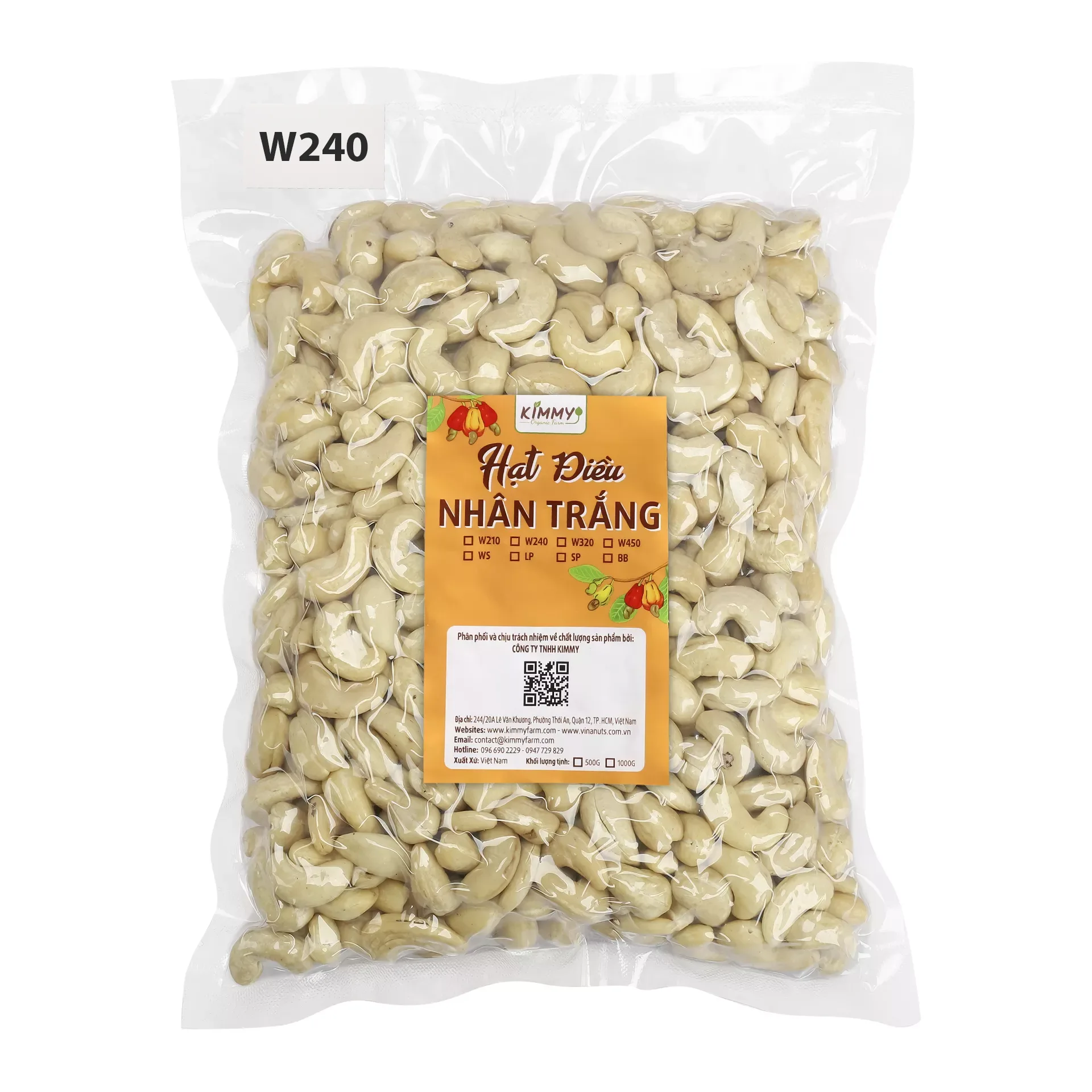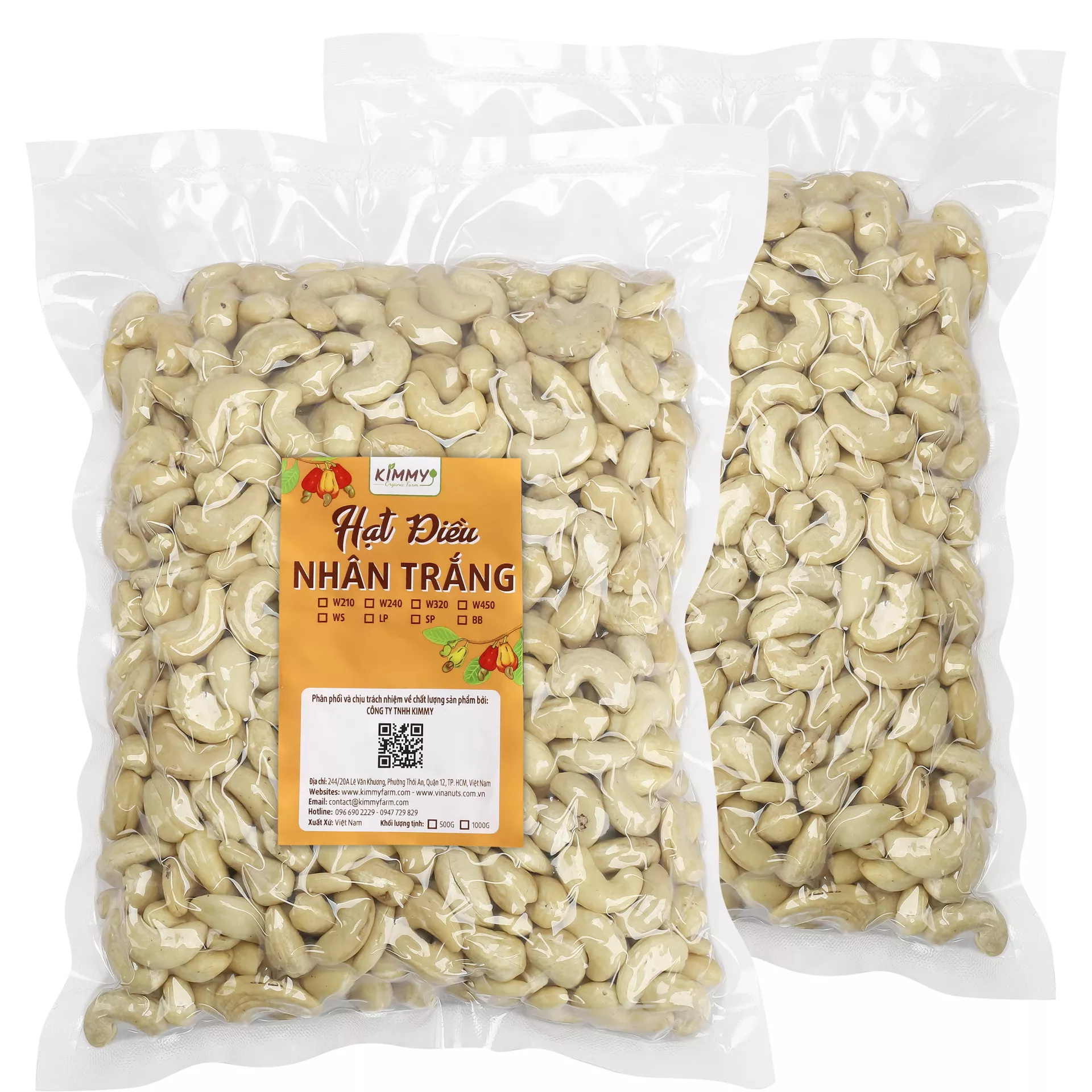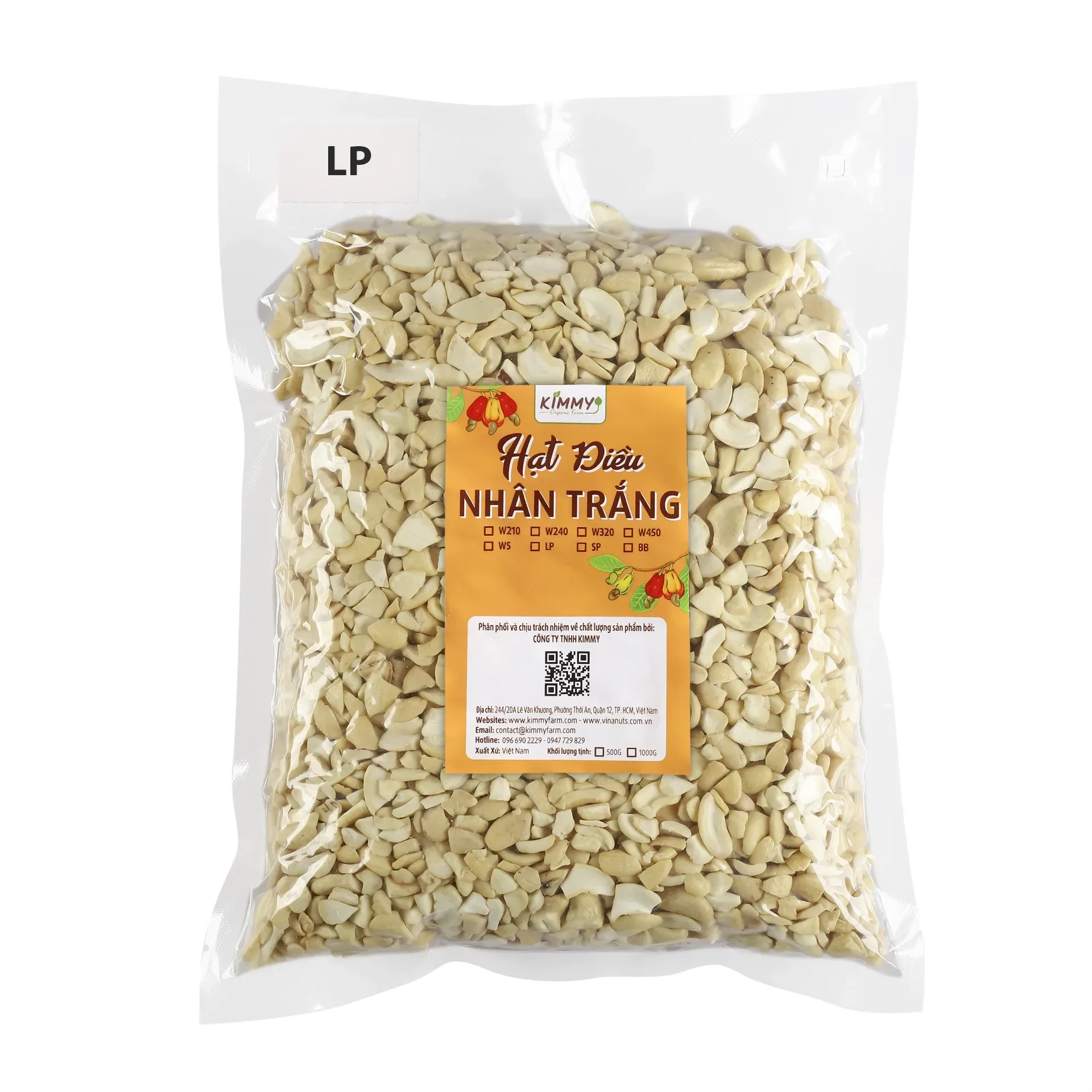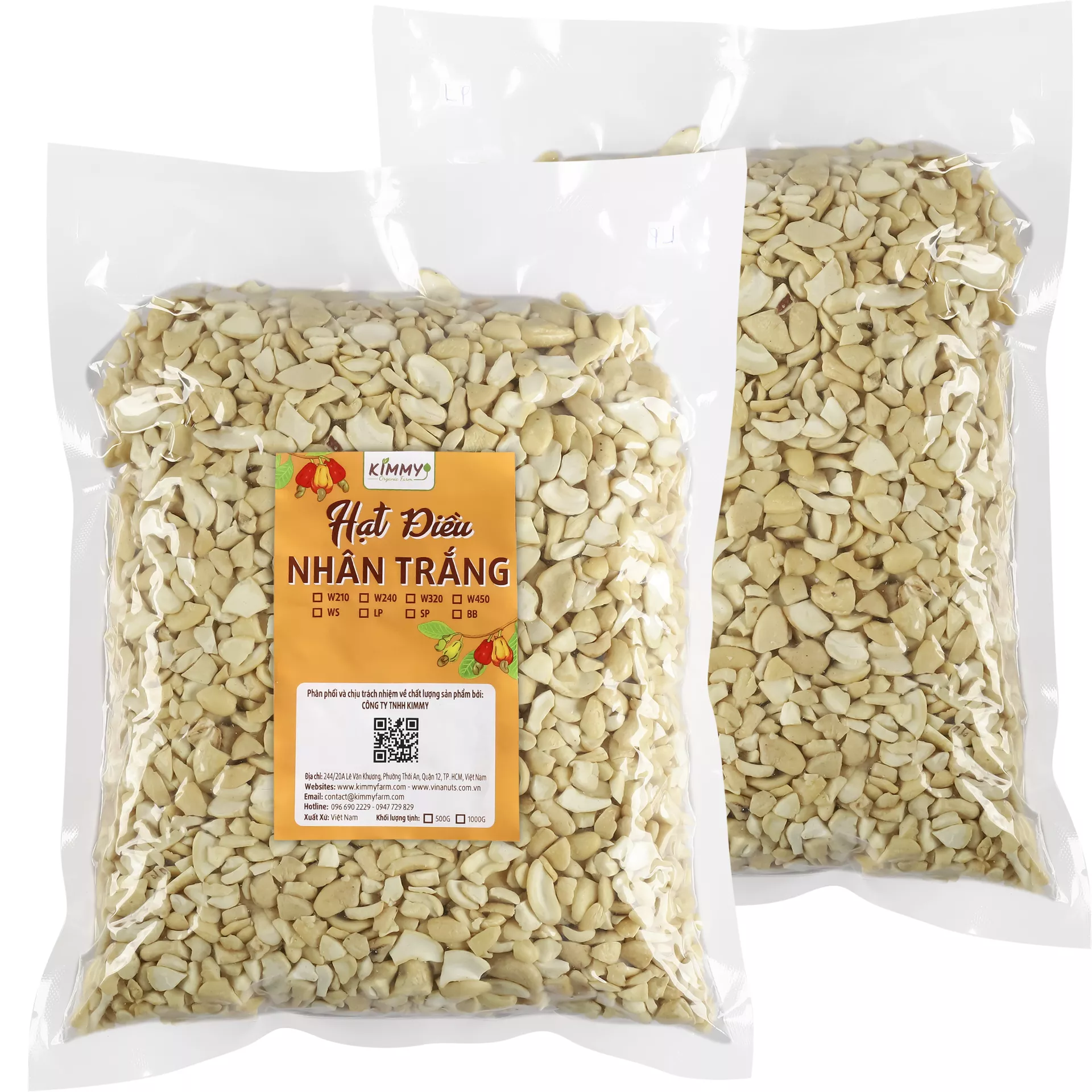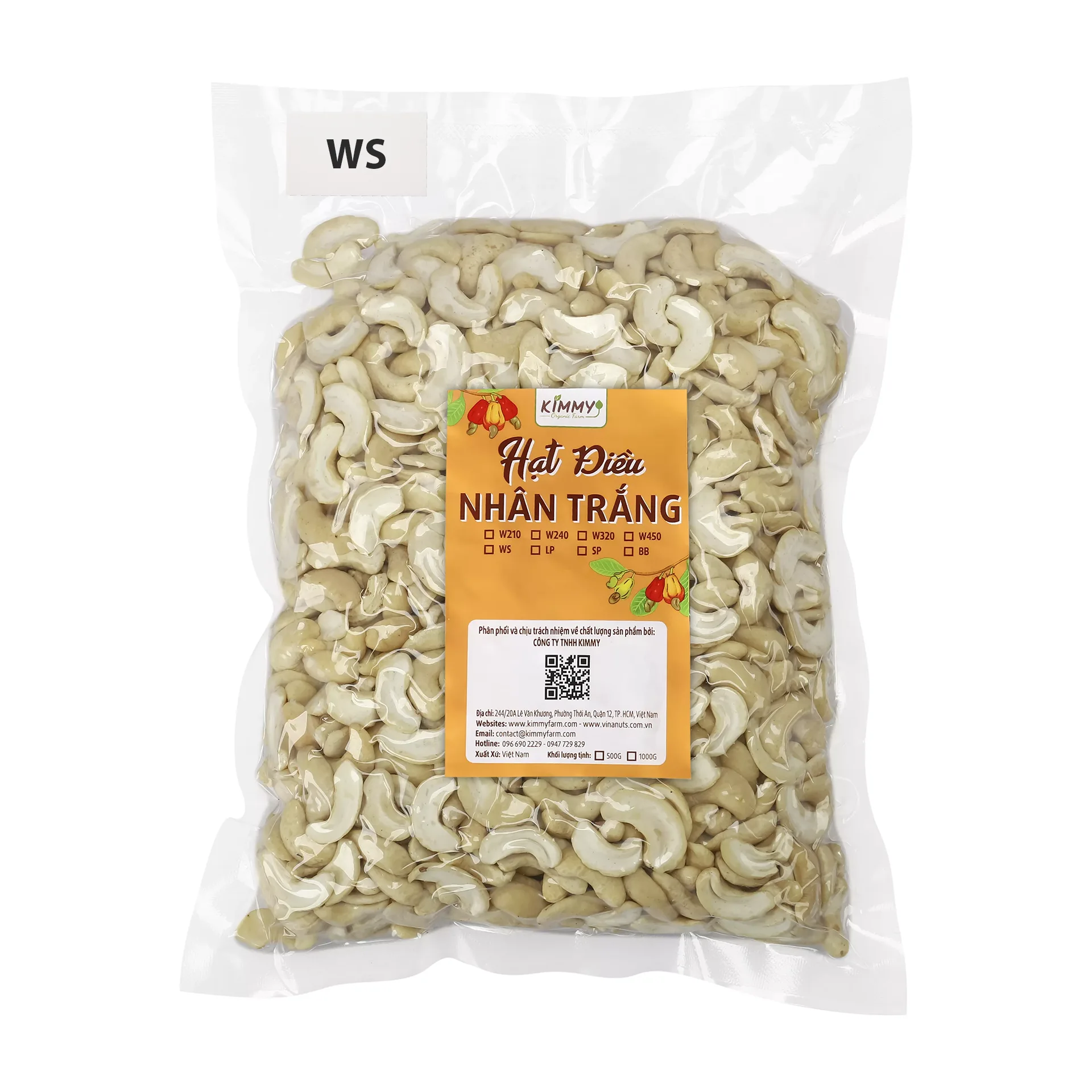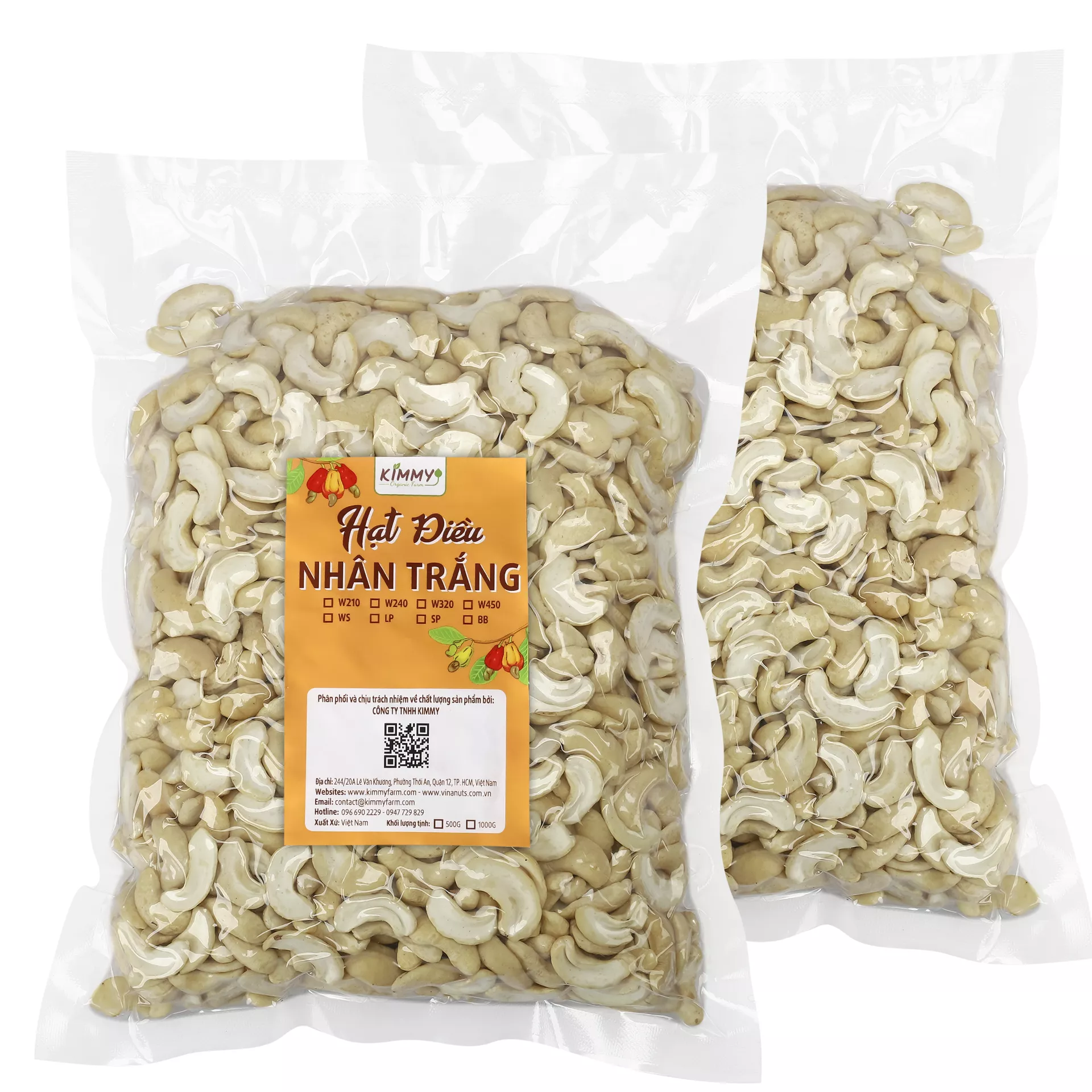Pangasius fish is a protein-rich food with high nutritional value, bringing many health benefits, which makes it a favorite for many. While you can always add chicken or beef to your diet, pangasius is a fantastic alternative. This fish provides a lean protein source packed with essential vitamins and nutrients to help your body recover and stay strong. But is it suitable for people who are into bodybuilding or fitness? Let’s explore some useful insights that can support your workout journey!
Is Pangasius Fish Good for Gym-goers?
Everyone knows that getting enough protein is crucial for anyone working out or lifting weights. A protein-rich diet helps support muscle gain, tone muscles, maintain endurance, and boost immunity. Pangasius, with its high protein content, is great for these goals.
Nutritional content in 100g of pangasius fillet includes:
- Protein: 14.9g
- Fat: 2.9g
- Calories: 105 kcal
- Protein (digestible): 18g
- Sodium: 50mg
- Omega-3: 237mg
- Omega-6: 337mg
- …

Not Just the Flesh – Even the Skin and Bones Offer Benefits
It’s not only the meat of the fish that provides nutrients. Studies have shown that the skin of pangasius is also beneficial. Based on 40 years of health data, U.S. researchers concluded that eating pangasius regularly may reduce the risk of strokes.
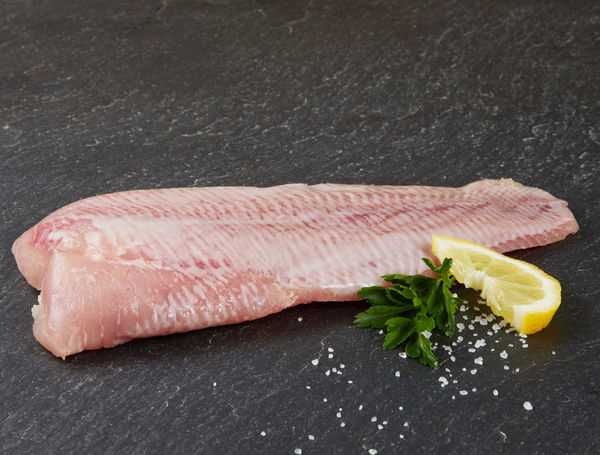
Proteins are made up of long chains of amino acids. During digestion, these break down into bioactive peptides, which help release hormones, control blood sugar, and aid metabolism in bones and nerves. The bones and fins of pangasius are also rich in phosphorus and calcium, which support strong bones and teeth and help prevent osteoporosis in diabetics.
How Should Gym-goers Eat Pangasius?
Eat at least 2 servings of pangasius fillet per week
Pangasius comes in various cuts such as white fillet, red fillet, pink fillet, diced fillet, block cut, steak cut, and butterfly cut. Since it has less fat than red meats, it’s ideal for adding to your weekly meals. Aim for portions of about 110–140g of fish per meal. It’s also a good idea to eat a variety of fish throughout the week, avoiding fish like bass, flounder, or rockfish due to potential toxins.

Add one portion of oily fish to your weekly diet
Oily fish like herring, salmon, sardines, and mackerel are slightly higher in fat but are packed with omega-3s and vitamin D. These nutrients help prevent muscle loss and support growth hormone levels, essential for muscle building. In addition to your 2 servings of pangasius, add 140g of oily fish to your weekly meals.

Eat fish within one hour post-workout
Studies show that consuming high-quality protein after exercising improves muscle repair and growth. You can also eat protein before training to reduce soreness and speed up recovery. So after your workout, eat a high-protein meal or snack within the next hour.
Balance Your Protein Intake
Protein is key to repairing and building muscle, so it plays a huge role in any fitness journey. While fish can supply some of your protein needs, don’t forget to include other sources like red meat, poultry, whole milk, eggs, or legumes. Protein should make up about 10–35% of your daily calorie intake. A 100g pangasius fillet provides around 18g of protein and 105 calories.

For example, if you weigh 70kg, aim to consume between 75–120g of protein per day. While meats like beef, pork, fried chicken, ham, and cold cuts often come with saturated fat, sodium, and cholesterol, fish offers healthier fats, especially omega-3s.

Chúng tôi là một thương hiệu chuyên sản xuất, thương mai và xuất khẩu các mặt hàng nông sản của Việt Nam. Chúng tôi có vùng trồng điều & nhà máy điều ở Bình Phước, trại nuôi ruồi lính đen ở Tây Ninh. Các mặt hàng xuất khẩu chính của Công ty là: hạt điều, hạt điều nhân, ruồi lính đen,… từ Việt Nam.

